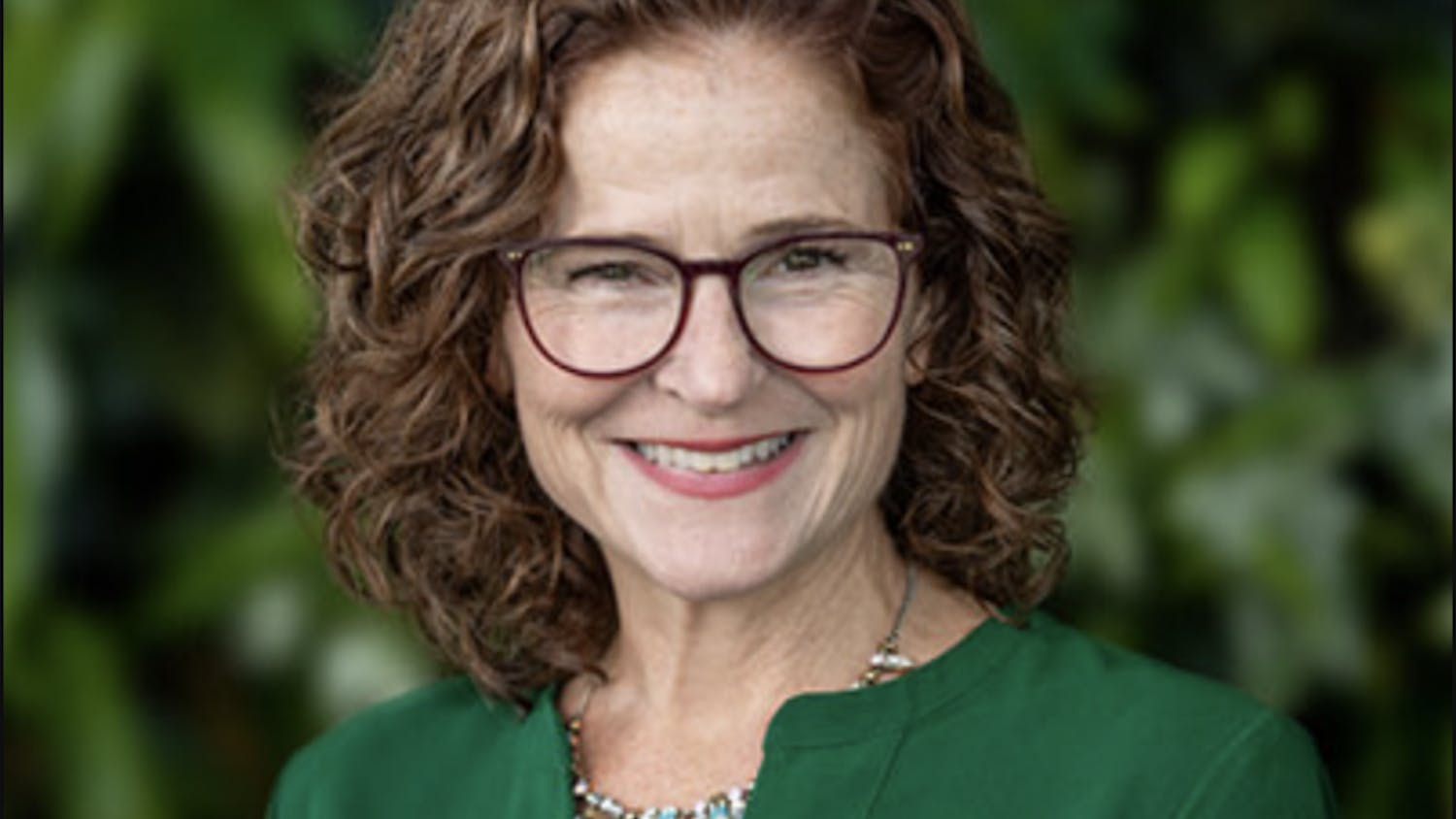Geddes Hall recently became the first building at Notre Dame to achieve LEED Gold Certification and will pave the way for future environmentally conscious efforts that build upon the University's emphasis on ethics and sustainability.
"What this means is that the United States Green Building Council (USGBC), a non-profit company that established the LEED certification system, has confirmed that the building has met a certain standard of sustainable design and construction practices," University architect Doug Marsh said.

According to the USGBC Web site, LEED certification is based on building strategies that emphasize energy savings, water efficiency, carbon dioxide emissions reduction and sensitivity to environmental impact.
Geddes Hall houses both the Center for Social Concerns (CSC) and the Institute for Church Life (ICL).
CSC director Fr. Bill Lies said Geddes Hall is a place that offers "a much more gracious welcome" to the community.
"‘The environment is God's gift to everyone, and in our use of it we have a responsibility towards the poor, towards future generations and towards humanity as a whole,'" Lies said, referencing a quote from Pope Benedict XVI's encyclical "Caritas in Veritate."
The Pope's words and Geddes Hall are reminders that every choice we make has an impact on others, Lies said.
ICL Business Manager Brian Shappell said Geddes Hall is "a visible sign" of the connection between the resources at Notre Dame and the ICL's mission to research, education and outreach.

"This is a teaching moment for understanding that sustainability is important in everyone's lives and in the life of the church as well," Shappell said.
In achieving Gold certification, the facility has drawn visitors who are interested in seeing the University's environmentally friendly efforts, CSC Director of Communication Paul Horn said.
Geddes Hall boasts a variety of sustainable design and construction features, including low-flow plumbing and recycled construction materials. A significant portion of the building materials were manufactured within the regional economy to reduce the impact of transportation and support the local community, a University press release said.
"One of the core principles that inspires our work is the understanding of solidarity, that we are all called to be responsible for all people in the world," Horn said. "By making more sustainable choices here at Notre Dame we are enabling other people to have better and more equitable use of resources."
The architects behind the project did not achieve this certification without overcoming certain challenges.
"Because this was our first building planned, designed and constructed seeking LEED, we had to learn how to interact with the USGBC reviewers," Marsh said. "It has been helpful that most of the professional staff within the Office of the University Architect have learned the LEED New Construction criteria and passed an examination to become LEED Accredited Professionals."
Other buildings awaiting certification reviews include Ryan Hall, Stinson-Remick Hall, the Purcell Pavilion and Innovation Park at Notre Dame, according to a University press release.












